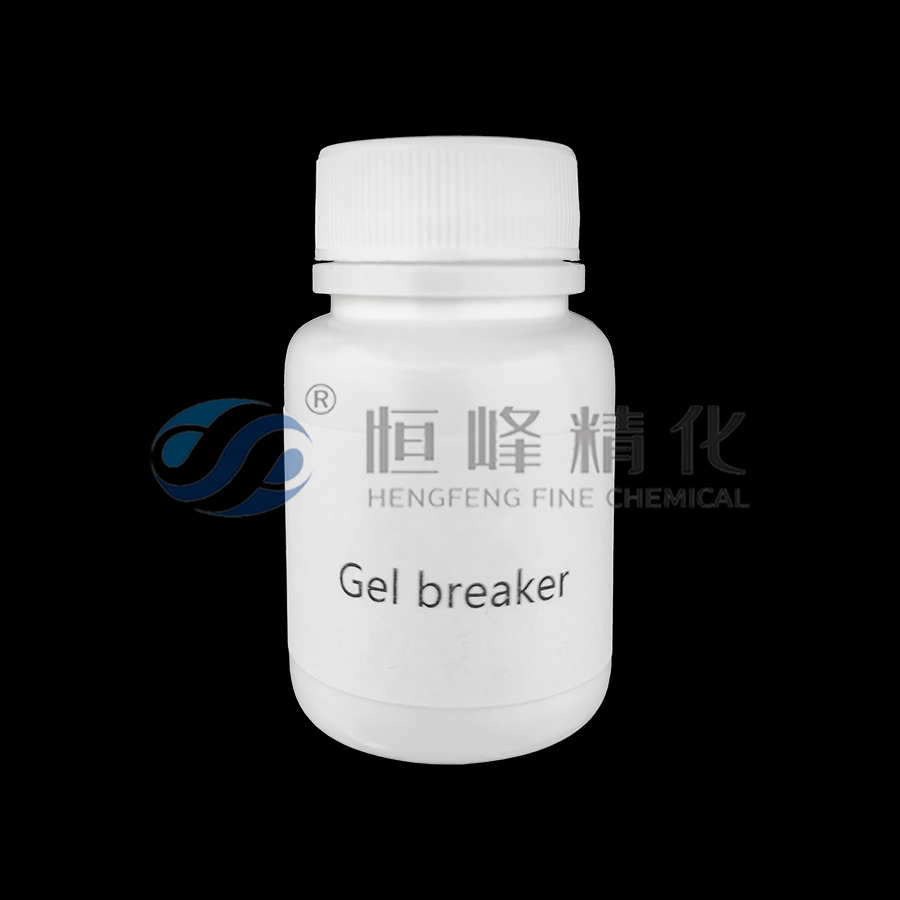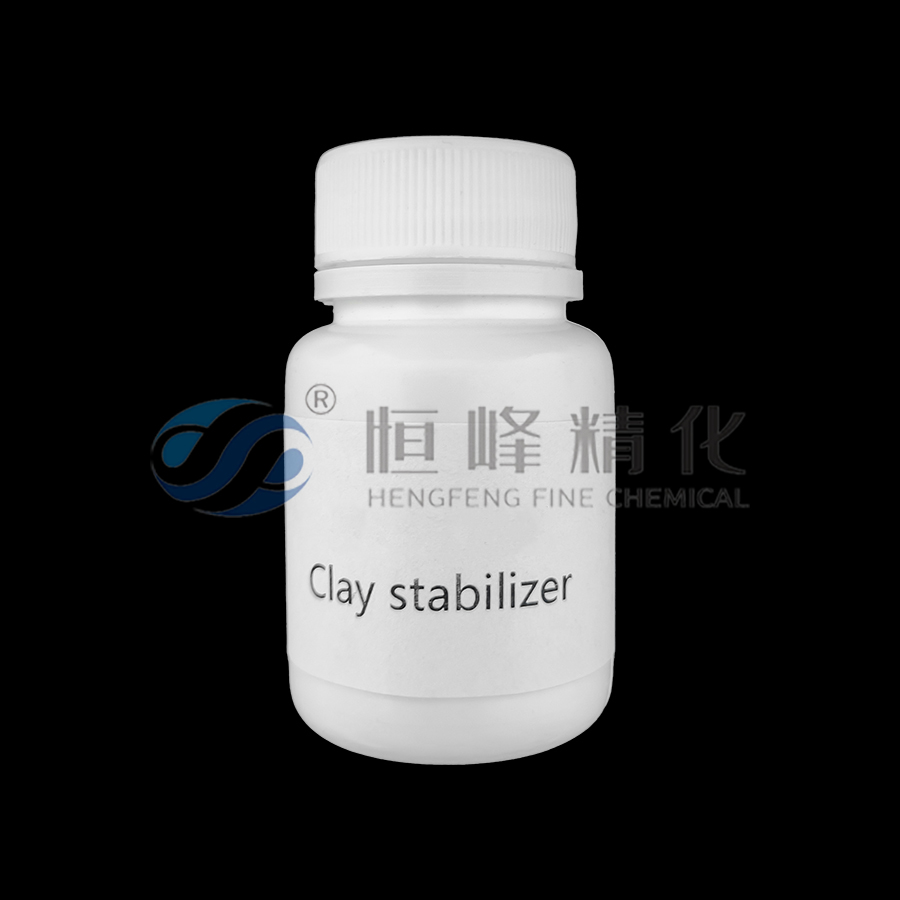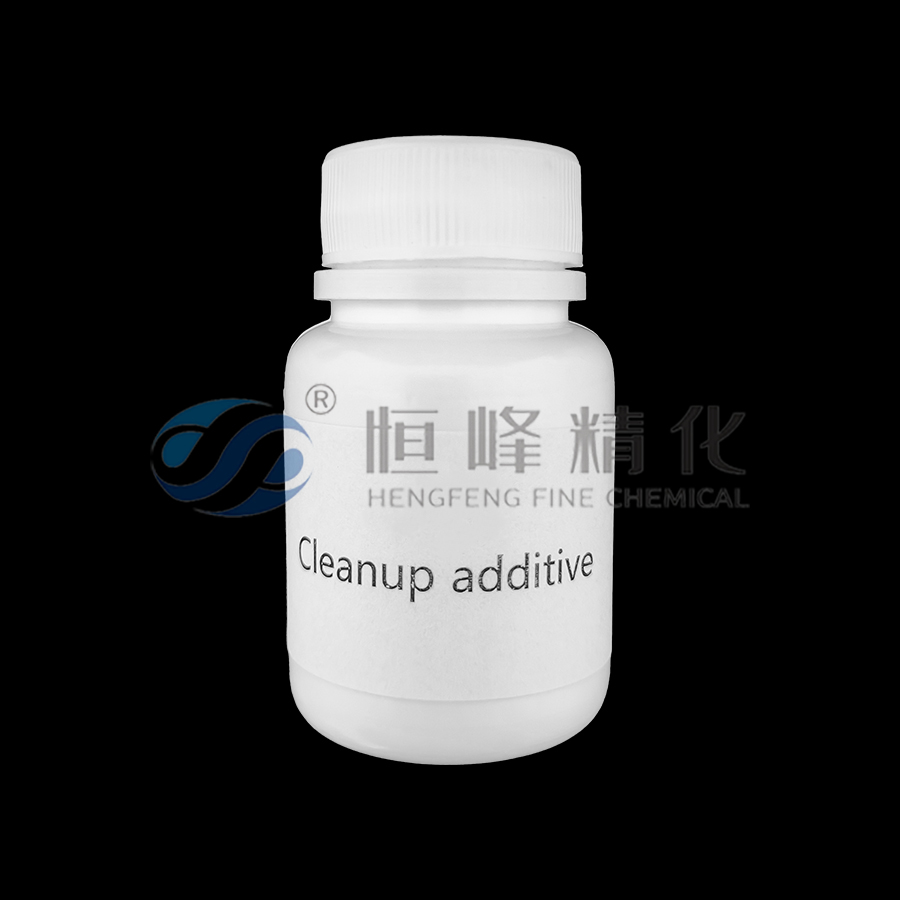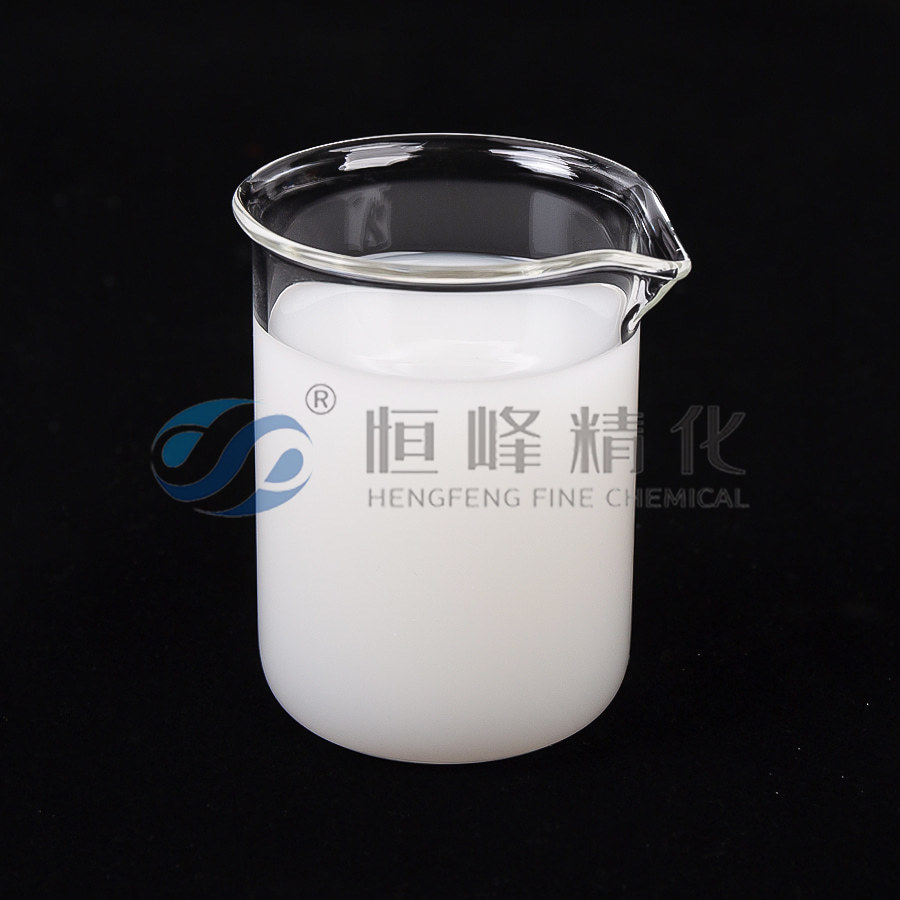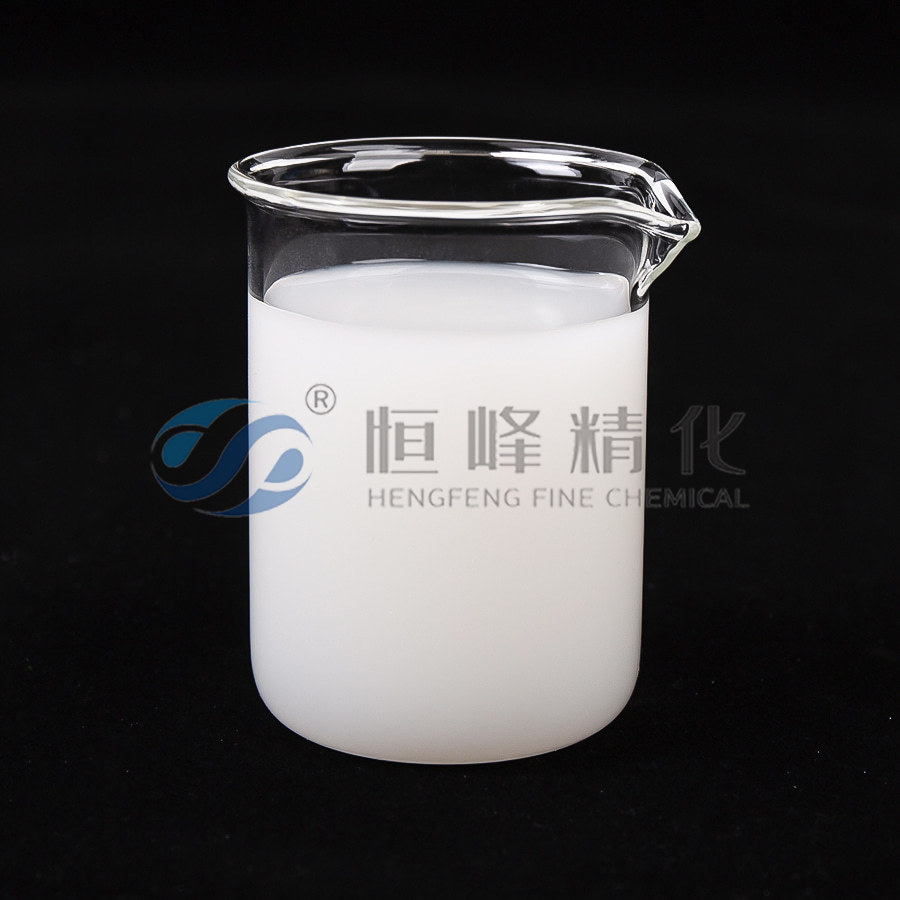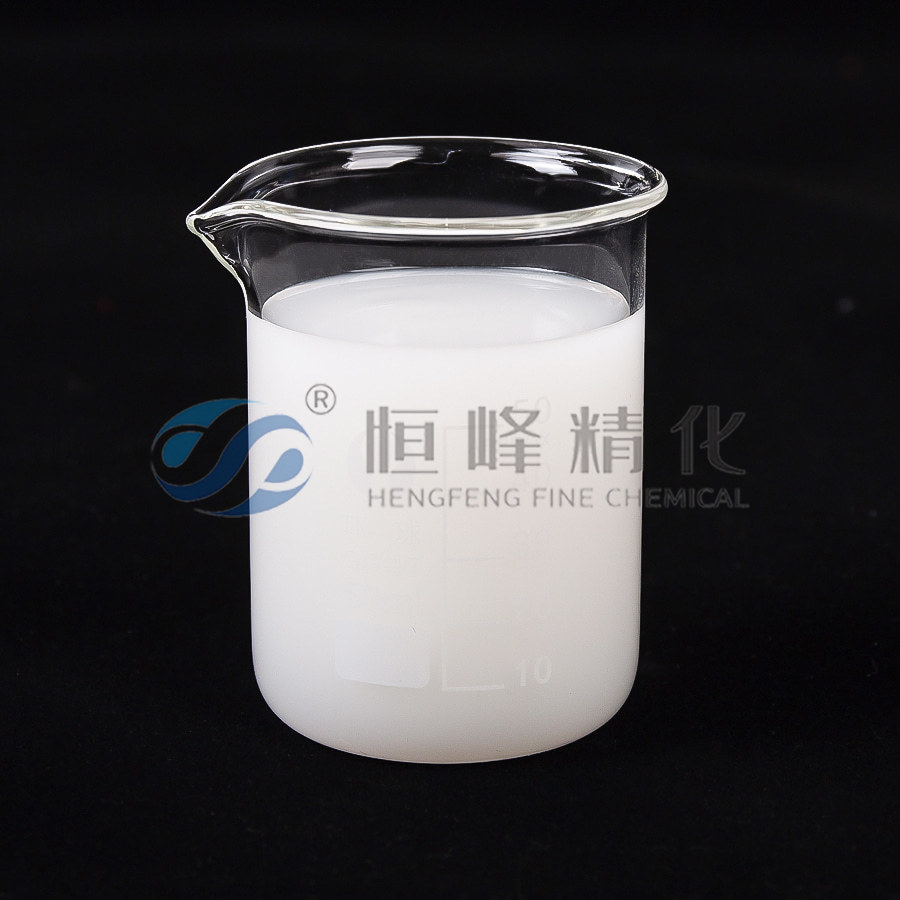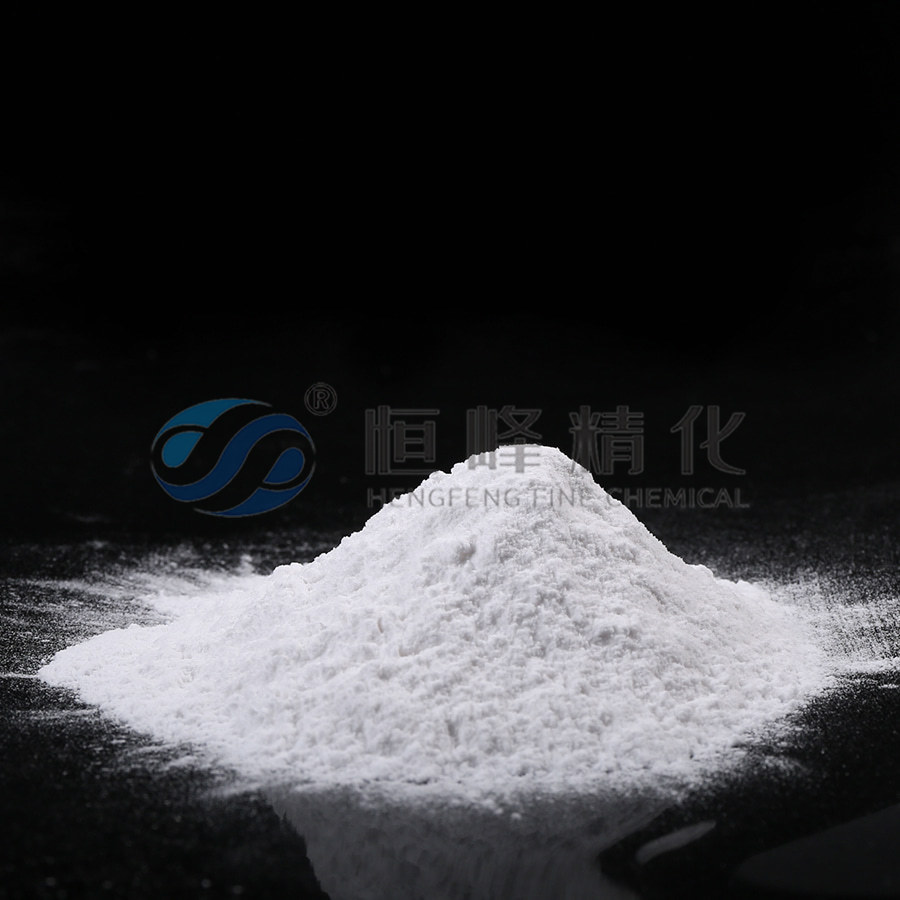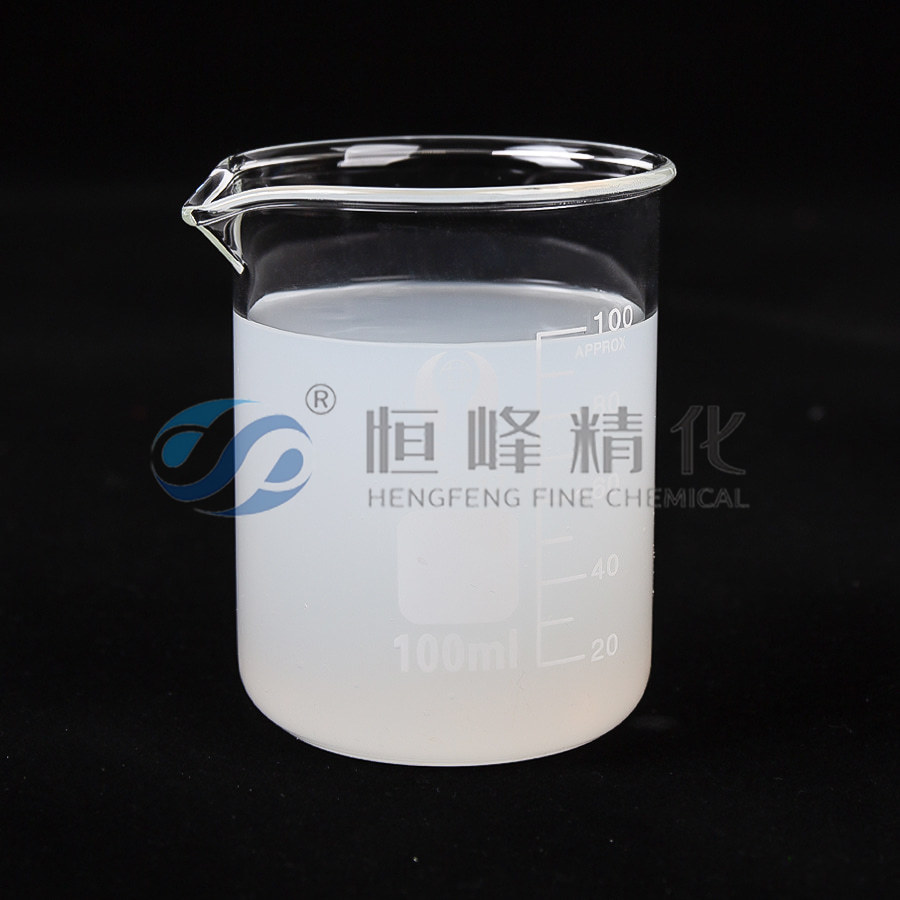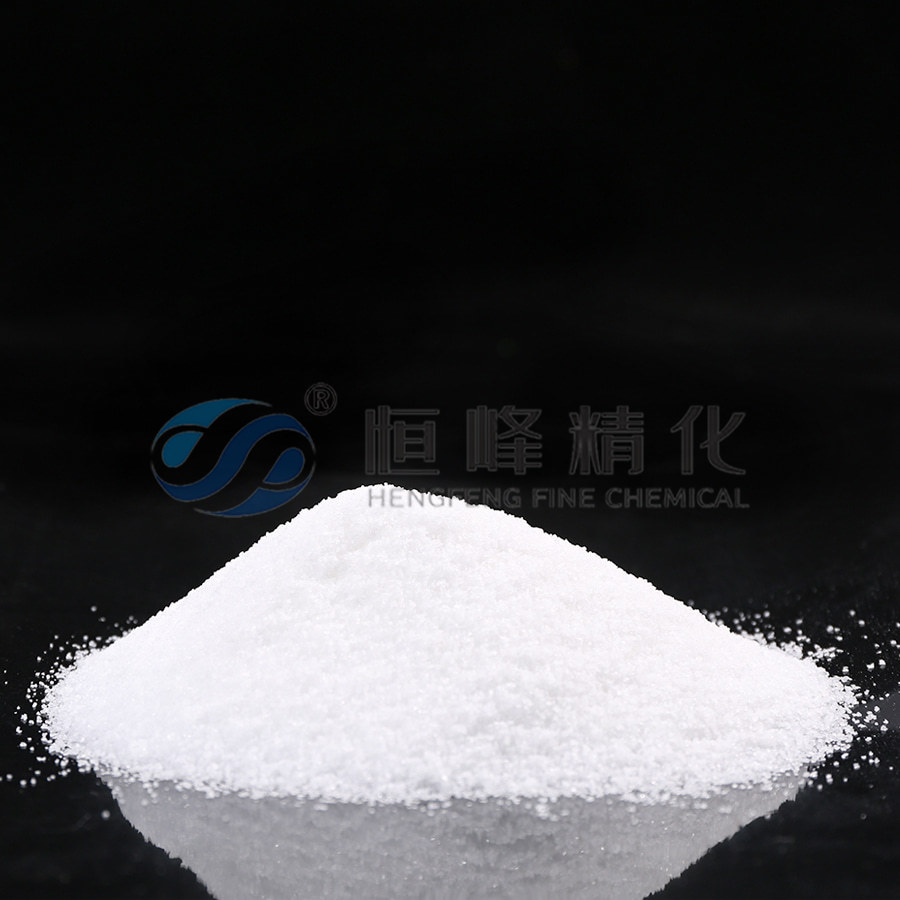Does Polyacrylamide Dissolve in Water? Understanding Water Treatment Polyacrylamide
Polyacrylamide (PAM) is a synthetic polymer that plays a vital role in various industrial processes, especially in water treatment. One of the most important characteristics of polyacrylamide is its interaction with water. But does polyacrylamide dissolve in water?
Water Solubility of Polyacrylamide
Polyacrylamide is highly water-soluble, particularly in its anionic, cationic, or nonionic forms. Unlike many synthetic polymers that are hydrophobic, polyacrylamide chains are hydrophilic due to their amide groups (–CONH₂). This enables them to absorb large amounts of water and form viscous aqueous solutions or gels.
However, it's important to distinguish between solubility and dispersion. Dry powdered PAM doesn’t immediately dissolve in water like salt or sugar. Instead, it slowly hydrates and swells, eventually forming a clear or slightly milky solution. Improper mixing can lead to the formation of gels or clumps, which can inhibit its effectiveness in treatment processes.
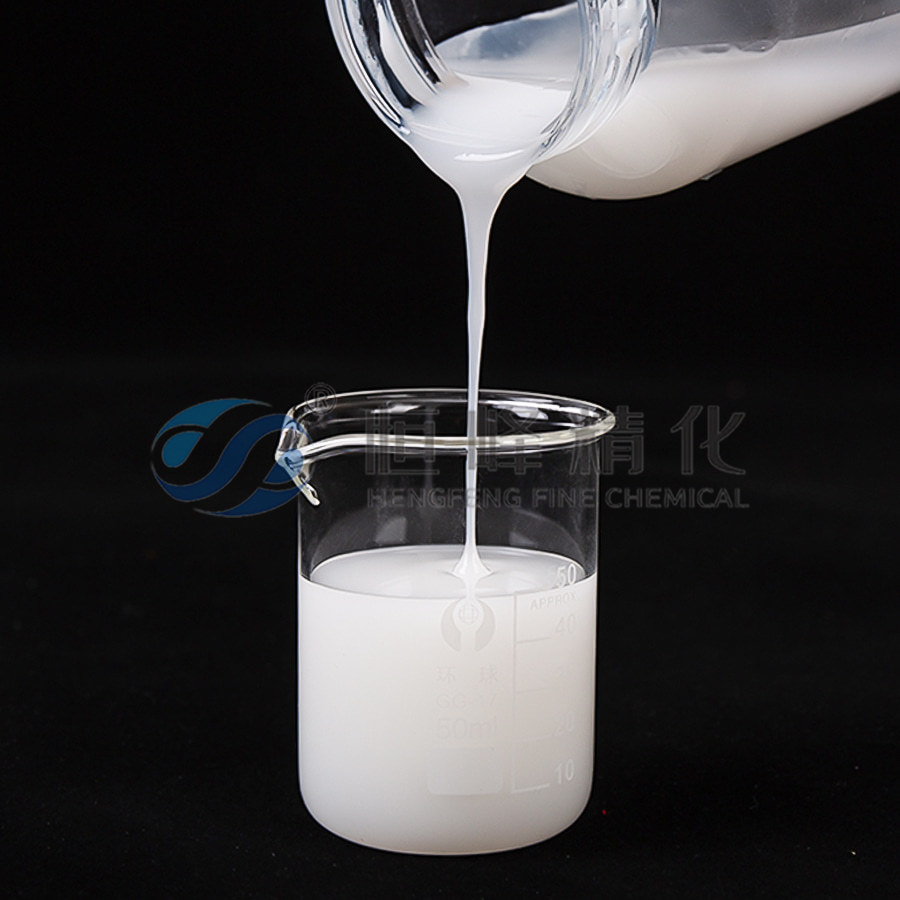
Water Treatment Applications of Polyacrylamide
Water treatment polyacrylamide is widely used as a flocculant or coagulant aid. Its primary function is to promote the aggregation of suspended particles, making them easier to remove from water through sedimentation or filtration. The type of polyacrylamide used—anionic, cationic, or nonionic—depends on the nature of the suspended particles and the characteristics of the wastewater or raw water.
Key Applications Include:
Municipal wastewater treatment: Removes organic matter and suspended solids.
Industrial effluent treatment: Targets specific contaminants based on industrial processes.
Drinking water purification: Enhances the removal of silt and microbial particles.
Sludge dewatering: Improves the efficiency of sludge thickening and drying.
Benefits of Polyacrylamide in Water Treatment
High efficiency at low dosages
Cost-effective compared to inorganic coagulants
Environmentally adaptable, with biodegradable and low-toxicity options available
Reduces chemical consumption and sludge volume
Conclusion
Yes, polyacrylamide dissolves in water, though its dissolution is a controlled process that requires careful handling to maximize effectiveness. In the context of water treatment, polyacrylamide is an indispensable tool, ensuring cleaner, safer water in both municipal and industrial systems. Whether used for flocculation, sedimentation, or sludge dewatering, water treatment polyacrylamide continues to be a cornerstone of modern water purification strategies.


 English
English Español
Español عربى
عربى Русский
Русский Tiếng Việt
Tiếng Việt




